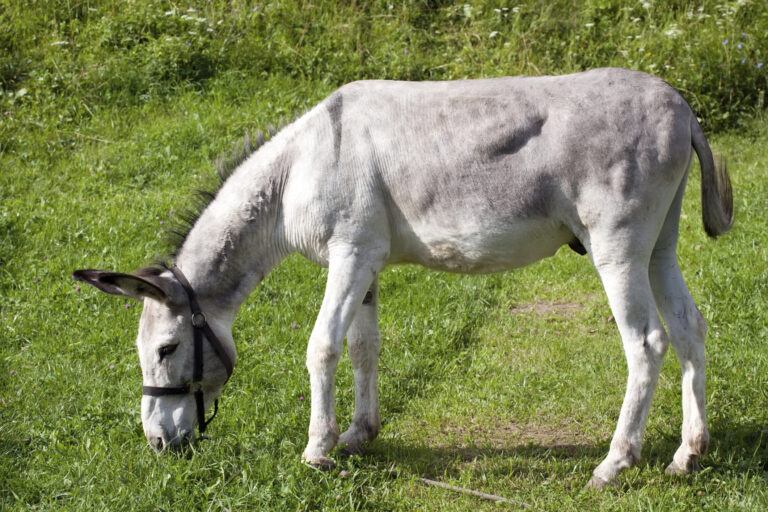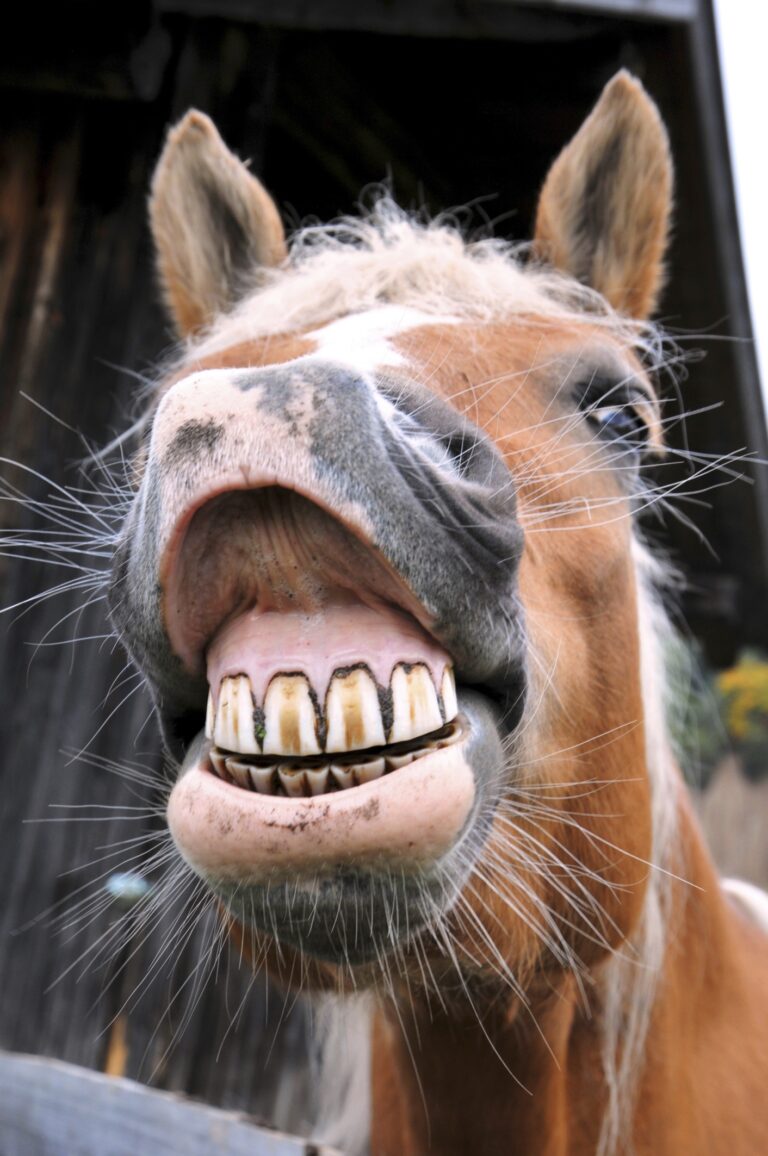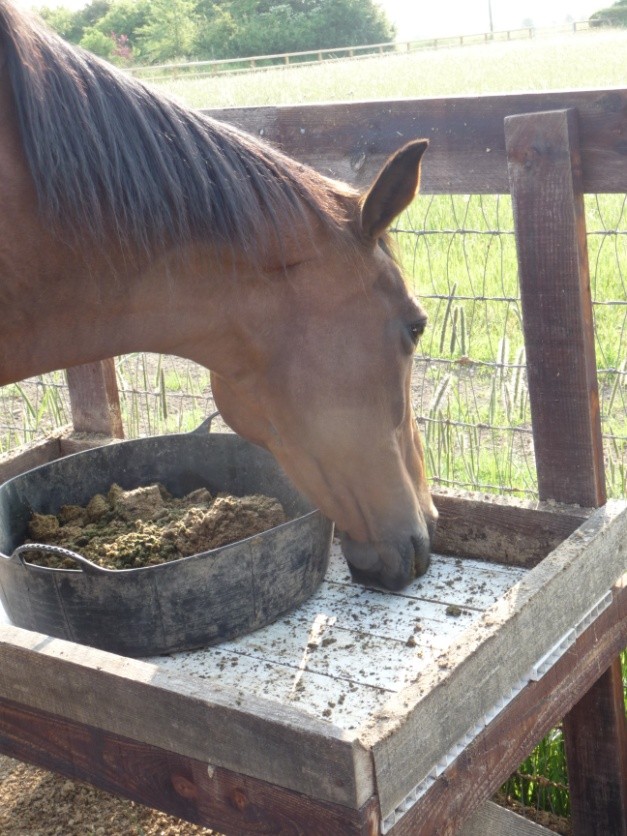Pituitary pars intermedia dysfunction (PPID), or equine Cushing’s disease, is a common endocrine disorder in senior horses. As it progresses, it can lead to several complications, including a possible increased risk of bone fractures. This concern prompted researchers to compare the bone mineral density of weight-bearing and non-weight-bearing bones in PPID-positive and non-PPID horses.
Why Are PPID Horses More Prone to Fractures?
Veterinarians have reported spontaneous fractures in PPID-affected horses, including the mandible, coffin bone, pelvis, and ribs. One theory links these fractures to excessive cortisol, a hormone involved in stress and inflammation regulation.
While cortisol is essential, chronically high levels can harm horses’ health. Though cortisol excess isn’t well-documented in PPID horses, these horses often have delayed wound healing and are more prone to infections, both signs of elevated cortisol. Glucocorticoids like cortisol can also:
- Inhibit bone formation.
- Impair calcium absorption.
- Increase bone resorption.
- Disrupt hormone and growth factor activity essential for bone health.
Research on PPID and Bone Mineral Density
In a recent study, researchers evaluated bone mineral density (BMD) in five horses with PPID and 10 controls (six aged, four young). Using computed tomography (CT), they assessed the lumbar vertebrae, the right front cannon bone (MC3), and the left hind cannon bone (MT3).
The CT scans showed no major observable differences between PPID and non-PPID horses. However, quantitative analysis of the CT images revealed that horses with PPID had lower BMD in the lumbar vertebrae. Bone mineral density in the weight-bearing cannon bones did not differ between groups.
Final Thoughts
This study found that horses with PPID had lower lumbar ventral BMD compared to non-PPID horses, regardless of age. While bone density in weight-bearing limbs was unaffected, changes in the spine could increase the risk of certain fractures. These findings suggest that monitoring bone health is an important consideration when managing horses with PPID.
Reference
Colbath AC, Fortin JS, Burglass C. Lumbar vertebral bone density is decreased in horses with pituitary pars intermedia dysfunction. Equine Veterinary Journal Dec 2023; DOI: 10.1111/evj.14039












